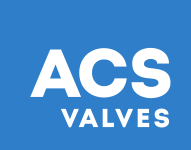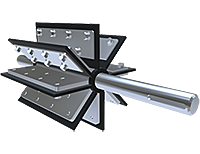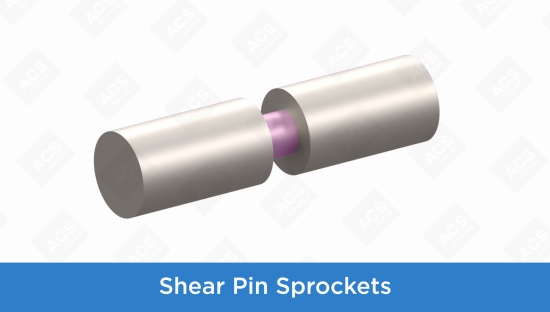
Whether you’re swiping on dating apps or looking for ways to keep your processing facility safe, it’s good to have standards. The latest NFPA standards on combustible dusts are even better.
Combustible dusts are solid particles that have the potential to ignite and cause a fire, flash fire (also called a deflagration), or explosion in your plant. They could be the main material you convey or a by-product of processing. NFPA standards are designed to keep your workers and facility safe from these hazards.
On December 6, 2024, the NFPA 660 Standard for Combustible Dusts and Particulate Solids (2025) took effect. It replaces a handful of old standards, which means it’s now a go-to resource for requirements on combustible dust compliance.
So, what’s new in the latest edition? Here’s a summary.
What is NFPA 660?
NFPA 660 replaces all of these old standards:
- NFPA 61 Standard for the Prevention of Fires and Dust Explosions in Agricultural and Food Processing Facilities
- NFPA 484 Standard for Combustible Metals
- NFPA 652 Standard on the Fundamentals of Combustible Dust
- NFPA 654 Standard for the Prevention of Fire and Dust Explosions from the Manufacturing, Processing, and Handling of Combustible Particulate Solids
- NFPA 655 Standard for Prevention of Sulfur Fires and Explosions
- NFPA 664 Standard for the Prevention of Fires and Explosions in Wood Processing and Woodworking Facilities
NFPA 660 basically consolidates and reorganizes the most pertinent information from these previous standards, adds new guidelines for areas that weren’t previously covered, scraps some outdated or irrelevant information, and revises or augments several sections.
In a nutshell: when it comes to combustible dust compliance, you can ignore the six standards listed above and look to NFPA 660 for the most up-to-date requirements.
Am I supposed to read the whole thing?
NFPA 660 contains more than 400 pages of information, which is not as long as Moby-Dick but probably more difficult to read all at once. Some info is generally applicable across all industries, while a large chunk is industry specific. In other words, you don’t need to read the whole thing unless you’re really short on decent books.
That said, it’s important to familiarize yourself with the fundamentals and the sections specific to your industry.
What does NFPA 660 cover?
A lot. Here’s a breakdown:
- Chapters 1–10: The fundamentals of combustible dust. This section explains the basics of combustible dust hazards, defines related terms, helps you understand your responsibilities as a plant owner, outlines the need to perform DHAs, and more. It represents the old NFPA 652 standard.
- Chapters 11–20: Reserved chapters. This is reserved space for future updates, so it doesn’t contain any current information.
- Chapters 21–25: Commodity-specific chapters. These represent the retired codes for specific industries including agricultural and food processing (NFPA 61), metals (NFPA 484), sulfur (NFPA 655), wood (NFPA 664), and everything else (NFPA 654).
- Annexes. These additions cover a wide range of topics like expanded definitions, example DHAs, explosivity characteristics for combustible dusts, and more useful information on fire protection.
Are NFPA codes mandatory?
The NFPA is not a government organization but a non-profit, and it does not have the authority to enforce its own codes. That said, OSHA and other regulatory agencies adopt many NFPA codes and enforce them, including the latest updates, so it’s essential to understand the current standards and implement them accordingly.
We encourage everyone to adopt NFPA standards as they’re written, because they’ll help you maintain a safe workplace and stay ahead of any regulatory changes in your region.
Are there other NFPA standards I should know about?
Although NFPA 660 replaces those six standards we mentioned, other important standards are still in effect, and you should refer to them if they’re relevant. We often recommend looking at NFPA 68 Standard on Explosion Protection by Deflagration Venting and NFPA 69 Standard on Explosion Prevention Systems — these cover guidelines more specific to preventing explosions.
According to the NFPA committee, NFPA 660 will be revised again in three years, and it encourages public feedback to improve the next edition.
Where can I find information about valves?
NFPA 660 goes into great detail about the different ways to prevent fires, including equipment design, building design, cleaning methods, ventilation, protective equipment — the list goes on. Valves and feeders are mentioned throughout the document, so it’s best to look for details in the sections specific to your industry.
If you just want to know what an NFPA compliant valve looks like, check out this blog post.
Since every industry, facility, and bulk material is so different, we can’t cover every scenario in one blog. To find the best rotary airlock design for your application, it’s best to speak with one of our experts, who are also well-versed in NFPA standards.
Call us if you have questions.


